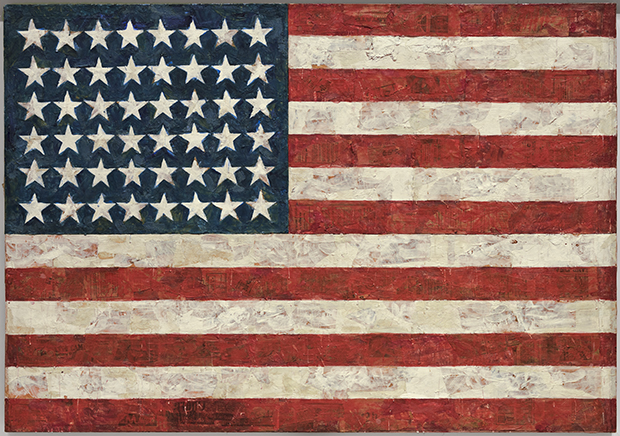A fresh start, a new beginning…
Welcome to my blog. It is probably apparent that this is the first post, but there were previous posts. I have deleted them. I have also made significant changes to this site. Many of those changes are only partially complete, so please excuse the mess and broken links. There are more changes to come. Hopefully, you will find enough interesting content on the site and/or within this post to return to see the changes.
Sometimes, a reset or a new beginning is the only course of action. I needed to clear the air and start anew with a clean slate. This is not the first time I have taken this step, nor am I the only artist to do so. Not that I claim to be an artist. I am a photographer who aspires to make images that some might call art - but that is a different discussion for another post.
Among the more well-known 20th-century artists known to have destroyed all or part of their works are Robert Rauschenberg, Jasper Johns, Agnes Martin, Georgia O’Keeffe, Francis Bacon, and Louise Bourgeois, but even the Renaissance greats Michelangelo and DaVinci destroyed work. How much of their work, when in their career they acted, and why vary, but destroying work is more common than you would think.
Jasper John’s explanation for why he destroyed his work makes for interesting reading and provides a window into the thoughts and motivations of one of these artists.
In late 1954, at 24, Johns destroyed all of the work he had made up to that point. Later in life, he would reflect that it was time “to stop becoming and to be an artist... I had a wish to determine what I was... what I wanted to do was find out what I did that other people didn’t, what I was that other people weren’t.” The destruction of that work boosted his creativity – as if freed from the intellectual shackles of his former self. Not long after, Johns dreamed of painting an American flag. Shortly after, he made his dreams a reality and conceptualized his famous work, “Flag.”

In the late 1970s, I was discouraged and disappointed in the work I was creating, and I destroyed or discarded almost all the work I had made up to that point. Although my reason was different than Johns.
Following an adolescent passion, right out of high school, I briefly studied photography at the Academy of Art in San Francisco, followed by six years as a photographer in the US Navy and three years as a photographer in the Department of Structural Biology at Stanford University. Ultimately, making images for a living and the frustration with my personal work tamped down what remained of my passion for photography. I sold my cameras, lenses and darkroom equipment and destroyed all but a small sample of my work. I recently had a project I was working on and could have used some of that work to compare my progress since then. I was surprised by how little I kept. I now regret destroying that work.
In what may be one of the few examples of my learning from past mistakes, I only destroyed the blog posts this time. I have removed the work that does not reflect where I am currently, creatively and technically, but I have not trashed any of it. I was tempted, but I have saved it.
There is more: I deleted my profiles and all the posts on Facebook and Instagram. I have unsubscribed from every email mailing list that was not essential. I am currently curating and cleaning my saved and archived emails, Apple Photos, and Mylio image catalogs.
I have traded and sold a number of the cameras and lenses I collected over the past five years. I am down to three camera bodies and, regrettably, thirteen lenses. My goal is to get down to two camera bodies and eight lenses. A lot of practice and evaluation will need to happen once the warmer weather comes to New England before I can commit to further reduction.
There are other changes I am working on to simplify my life, remove distractions, and free up time for my photographic practice. Only time will tell if the changes work.